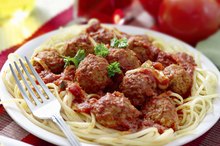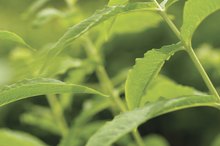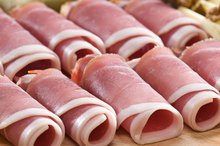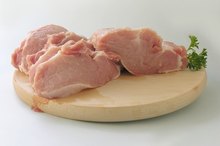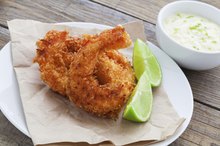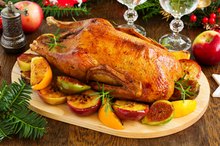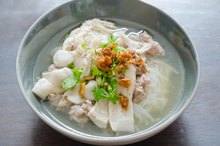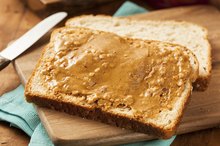The Calories in Calamari
Squid, also called calamari, is one of the types of seafood with the lowest levels of mercury contamination, making it a potentially healthy choice. It's also an environmentally friendly seafood option. The breaded and fried version of calamari available as an appetizer at some restaurants, however, is not healthy or low in calories.
Calorie Comparisons
A 3-ounce serving of cooked squid contains about 90 calories and 1.5 grams of fat if you use a low-fat cooking method, such as grilling. Fried calamari, however, contains 149 calories and 6.4 grams of fat in each 3-ounce serving. If you love fried calamari, you can get a similar taste without all the fat and calories if you bread the squid and bake it instead of deep-frying your squid.
Related Articles
References
Writer Bio
Based in Massachusetts, Jessica Bruso has been writing since 2008. She holds a master of science degree in food policy and applied nutrition and a bachelor of arts degree in international relations, both from Tufts University.

